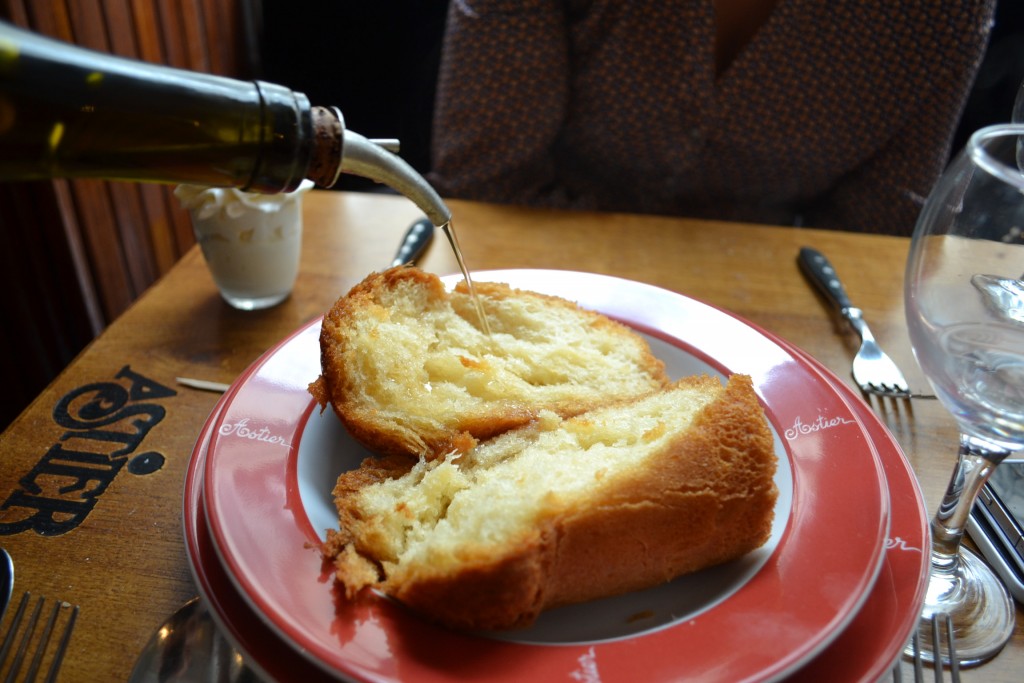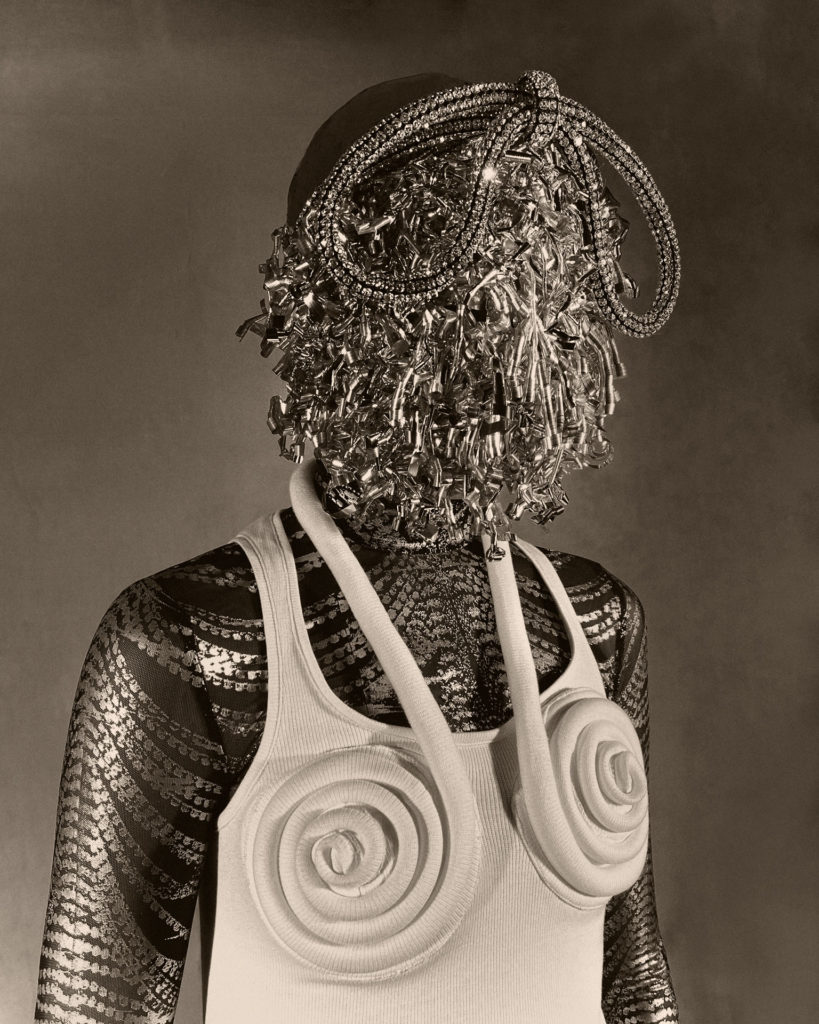Astier: the Bistrot canaille is getting a makeover!
One of the most emblematic “canaille” restaurants in eastern Paris recently underwent a facelift to better pursue its destiny: that of a real cook’s bistro.
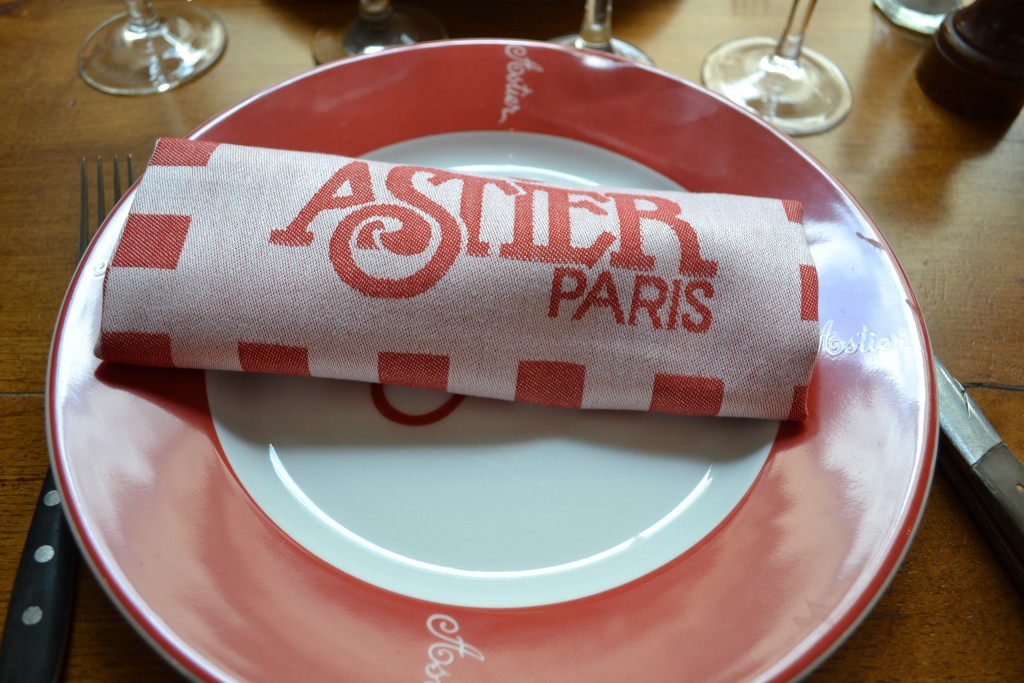
This house, inaugurated in 1956 and taken over 50 years later by Frédéric Hubig – the successful author of the Jeanne Tide, the Jeanne A and Jeanne B dining rooms, and the Sassotondo Italian table – is living a second youth. Without altering the charm of the place (the panelling, the barrel chairs, the tables marked with the seal of the house…), Frédéric Hubig wanted to give this “bistro of family and friends” more conviviality and comfort. In the image of the breweries of another era, by articulating the space around a bar that is now accessible for the small hungers of the counter, by revising the lighting – warmer – with its Biot glass globes unearthed at the Flea Market, benches upholstered in velvet, walls that seem to have a patina of the years and a graphic tiling typical of the 50s. Everything else is just accessories, found here and there like the rooster that looks good on the zinc or the clock, straight out of a bourgeois dining room.
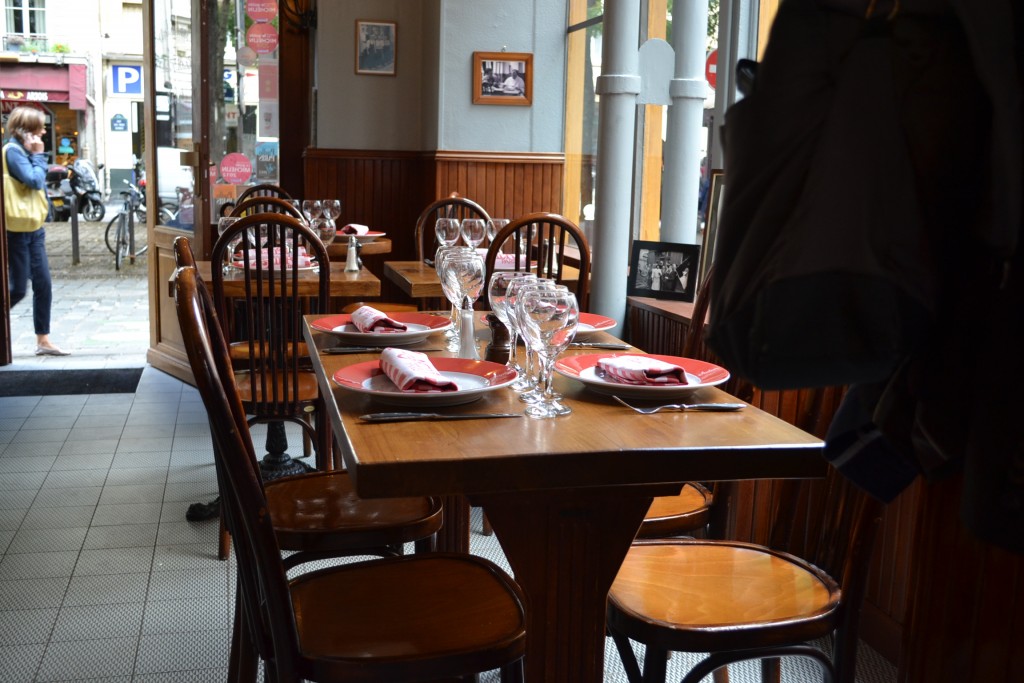
A cook’s table
When you push the door of Astier, you can feel the conviviality of a kind of city inn. A lively table, where the regulars and tourists settle down and are not deceived: the napkin rings and the Perceval knives that set the table do not hide the folklore of an assembly kitchen, no. Here, we cook”, warns Frédéric Hubig, who wants to be a “passer-by” of stories and a dish that is free of its heavy-handedness. The duty of memory remains, but Madame Astier’s cooking has given way to a cuisine that is half-bistro and half-bourgeois, more precise, more incisive and more elegant, using the techniques of today’s gastronomy. Reduced juices have replaced sauces, vegetables have found their place next to the Iberian pork loin, the stuffed rabbit saddle and the Grenoble-style skate wing. Cooking ? They drop a tone and sing at low temperatures.
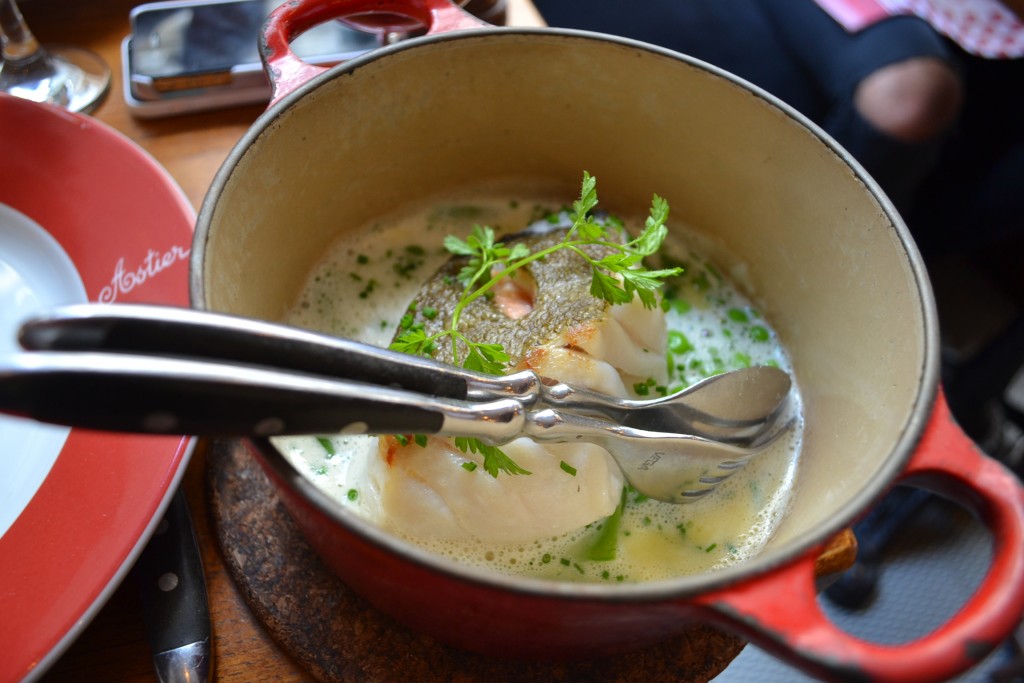
Chef Mathieu Le Tirrand
Coming from a family of cooks, this passionate person does not stifle his pleasure with this front line position. A disciple of Alain Dutournier and driven by his enthusiasm, he assumes his radicalism, his commitment to a generous cuisine, illustrating the hunger that is willingly carnivorous. By vowing to simplicity too, with a technique that fades behind the product. The plate gains in truth and loses nothing of its heritage.
Some rituals
Marinated herring, ratte potatoes in vinaigrette The platter of about fifteen mature cheeses… an institution! Traditional French veal chop for two people Baba au Rhum and a glass of Chantilly.
